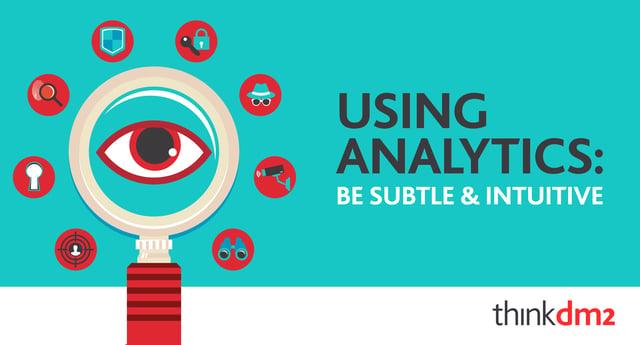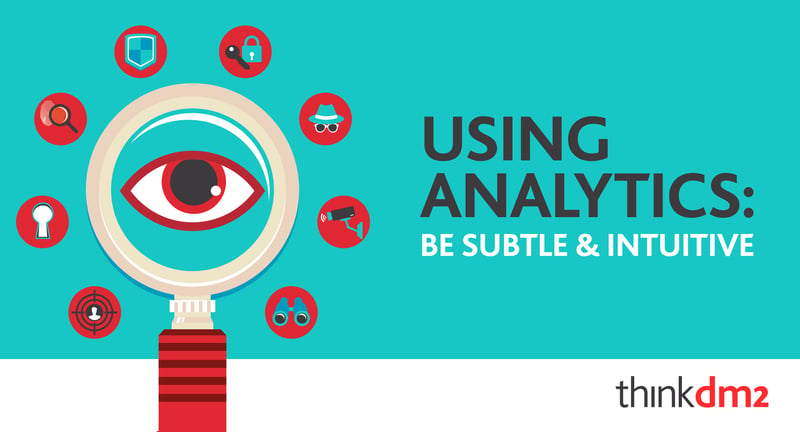

Think about the ads that appear on the side of web pages. If I am in operations, researching technology providers, I don’t want to see what I was researching on the sidebar and header of every page I look at. It’s unsettling, and makes me want to delete my cookies more than to go back to the page I was looking at.
Jim Lyski, CarMax CMO, said something interesting about analytics: “If I can leverage some of the information I have about you—by, say, having the cars you’ve been researching ready for you when you arrive at the store—that would be great. The key is making that cool and convenient, not creepy.”
This means that personalization needs to be subtle and intuitive. It shouldn’t feel like a company is spying on you.
In an article in Fortune, David Karnstedt of Quantifind talks about making analytics work for him by “sorting social media ‘signals’ and correlating them with sales data.” He offers an example about an undisclosed fast-food restaurant trying to “increase breakfast sales among teenagers.”
Rather than focusing on what teenagers were saying, he looked at what their moms were saying. Moms drive teens to school and stop for breakfast on the way. Moms were posting negative feedback on social media about the coffee. The restaurant improved their coffee, and by doing that increased their breakfast sales to teens AND their coffee sales.
This worked first because it was intuitive. How do teens really buy breakfast? Most teens don’t have their own cars (or eat breakfast), so their moms are the key to their breakfast choice.
Subtlety is also important. Personalization by the way of analytics can be, to borrow from Jim Lyski, super “creepy.” What if this fast food restaurant tracked teens’ purchases so they can predict what they would order? Imagine pulling up to a drive-thru to hear through the speaker, “Hello Michael. Welcome to Zippy Burger. You have purchased 34 double cheeseburgers in the past year. I suggest you purchase one double cheeseburger with a Sprite, the soda of your preference by 33 percentage points.”
That would be scary! Gather the right data, analyze and interpret it, and make decisions to increase your sales without making it obvious that you are tracking your customers. There is a thin line between keeping track of how people are interacting with your business and being invasive.
Check out our blog post, Ad Blocking Brings Content Marketing Front & Center, by following this link. You'll find more information on customer engagement.



